On the morning of December 23, the 2021 Joint Symposium on Hot Topics on Computer System Research was successfully held online by the School of Computer Science and Technology of Huazhong University of Science and Technology (HUST) and the School of Computing of the National University of Singapore (NUS). Shi Xuanhua, deputy dean of the School of Computer Science and Technology of HUST, attended the symposium. Bingsheng He, deputy dean of the School of Computing of NUS, young professor Yang You, assistant professor Jialin Li, Professor Hu Yuchong, and doctoral students Cheng Liangfeng, Huang Yu, and Yang Zhong respectively delivered speeches around the theme of the conference.
Shi Xuanhua and Bingsheng He delivered speeches at the opening ceremony of the symposium. Professor Shi briefly introduced the guests and the theme of the symposium -- hot topics on computer system research. He said the School of Computer Science and Technology of HUST and the School of Computing of NUS have profound cooperation foundations and cooperation experience. The Joint Symposium will play a positive role in deepening the cooperation between the two schools and promoting the development of young teachers. Professor He talked about his expectations for the symposium. He believed that the research topics in the symposium are very abundant, and it provides a good academic exchange platform for young scholars to learn from each other and interact effectively.
During the report session, the participants of the symposium brought us their wonderful reports on the frontier and hot areas of computer system research.
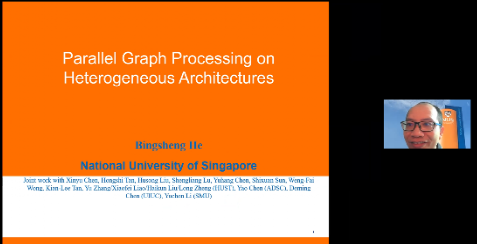
Figure 1 Shared by Professor Bingsheng He
Professor He presented a lecture with the theme of "Parallel Graph Processing Systems on Heterogeneous Architectures". He first gave a brief introduction to large-scale graphics processing systems with heterogeneous architecture, then demonstrated the significant performance impact of hardware-software collaborative design on designing high-performance graphics computing systems and applications, and introduced the prospect of graphics processing in system and application development.
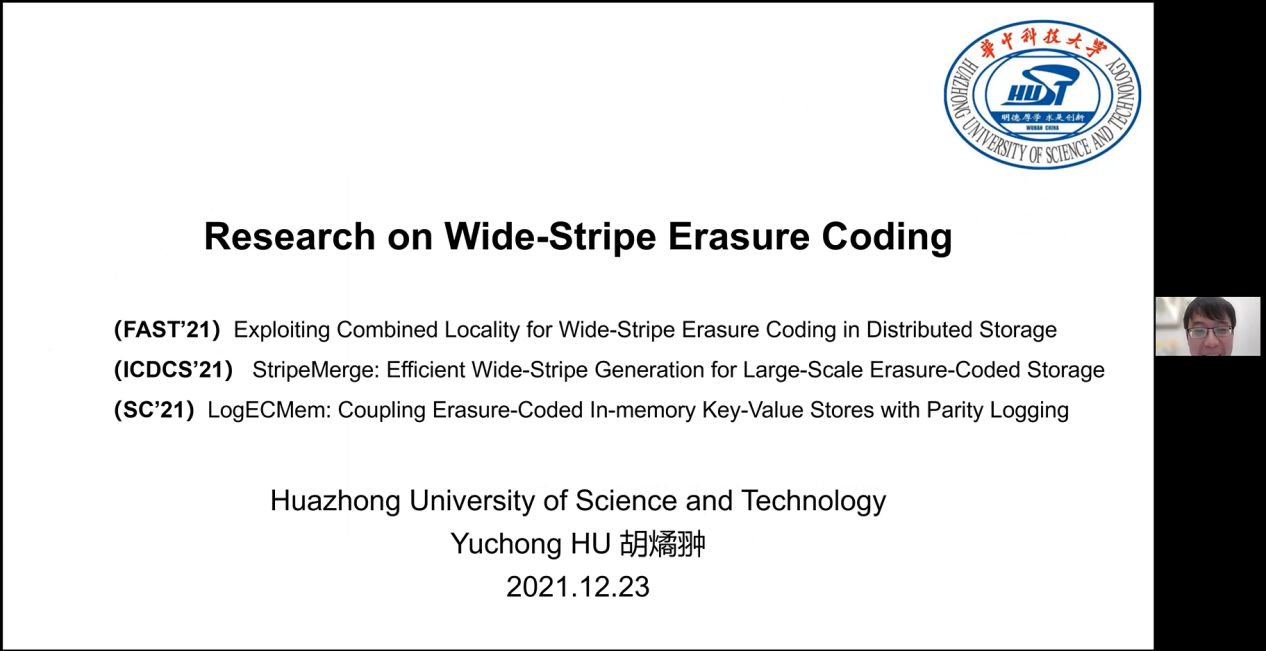
Figure 2 Shared by Professor Hu Yuchong
Professor Hu introduced his research results in two papers --Exploiting Combined the Locality for Wide-Stripe Erasure Coding in Distributed Storage and Stripe Merge: Efficient Wide-Stripe Generation for Large-Scale Erasure-Coded Storage. Hu introduced creative work in solving the wide-strip repair problem and proposed a mechanism to solve the problem by combining check locality and topological locality. He also proposed using the concept of "Perfect Merging" to reduce data transmission in merging erasure codes and gave attendees an intuitive overview with rich examples.
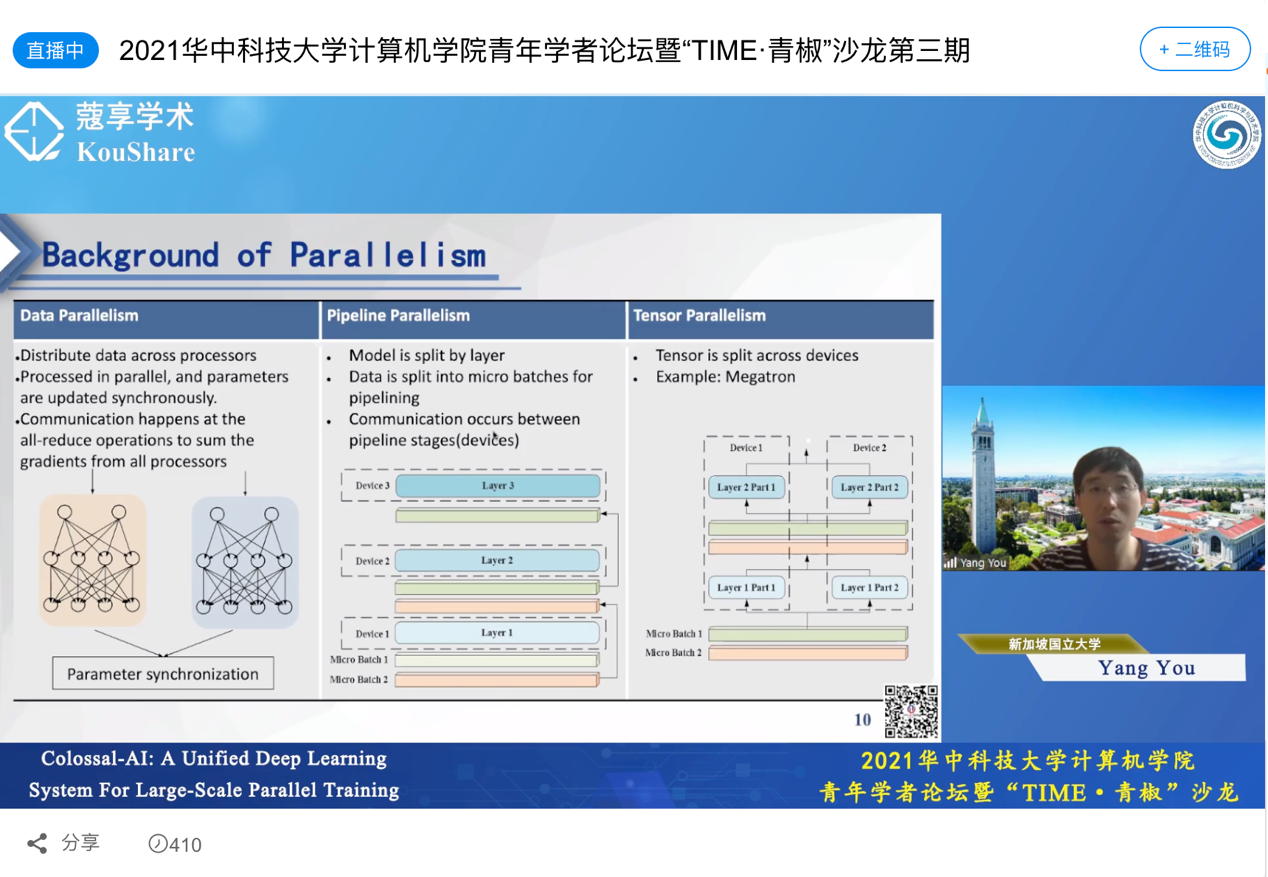
Figure 3 Shared by Professor YangYou
Professor Yang You shared his academic discussion on Colossal-AI: A Unified Deep Learning System For Large-Scale Parallel Training. Fast large-scale parallel training is a unified deep learning system for large-scale parallel training. One of its challenges is how to implement complex distributed training solutions for models. Professor You shared a unified parallel training system that aims to integrate different parallel technology paradigms seamlessly. This system brings us an open-source platform. Users don't need to worry about performance, energy consumption, and other problems. In the cloud, features such as the highest degree of parallelism, scalability, and compatibility can be provided to meet user requirements, which has gained wide attention. Code see:https://github.com/hpcaitech/ColossalAI
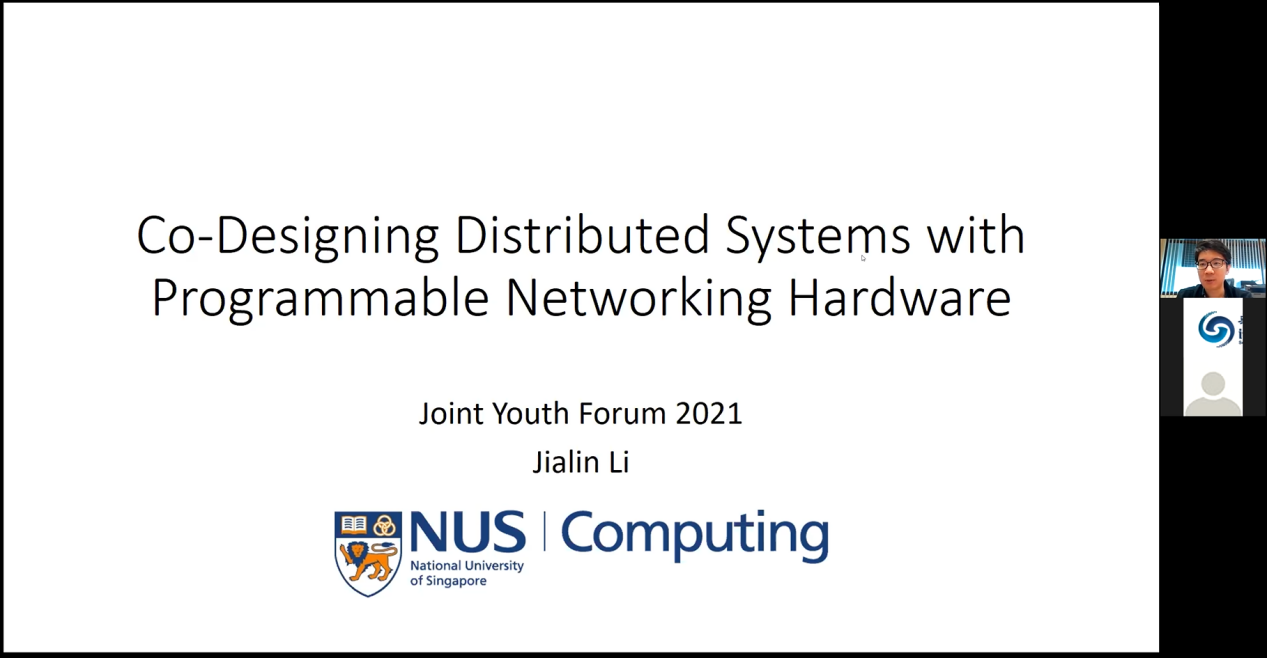
Figure 4 Shared by Professor JialinLi
Professor Jialin Li shared his academic discussion on the topic of "Co-Designing Distributed Systems with Programmable Networking Hardware". Pointing out that software processing on CPU has become a performance bottleneck for many large distributed systems deployed in data centers, Professor Li proposes a new approach to designing distributed systems in data centers -- by designing distributed systems in conjunction with a network of data centers so as to address these challenges.

Figure 5 Shared by doctoral student Cheng Liangfeng
Doctoral student Cheng Liangfeng shared his academic discussion on the topic of "LogECMem: Coupling Erasure-Coded In-Memory Key-Value Stores with Parity Logging". He introduced his work on erasure code updating. His HybridPL update architecture based on check log technology can effectively balance update performance and memory cost while maintaining efficient single block repair performance.
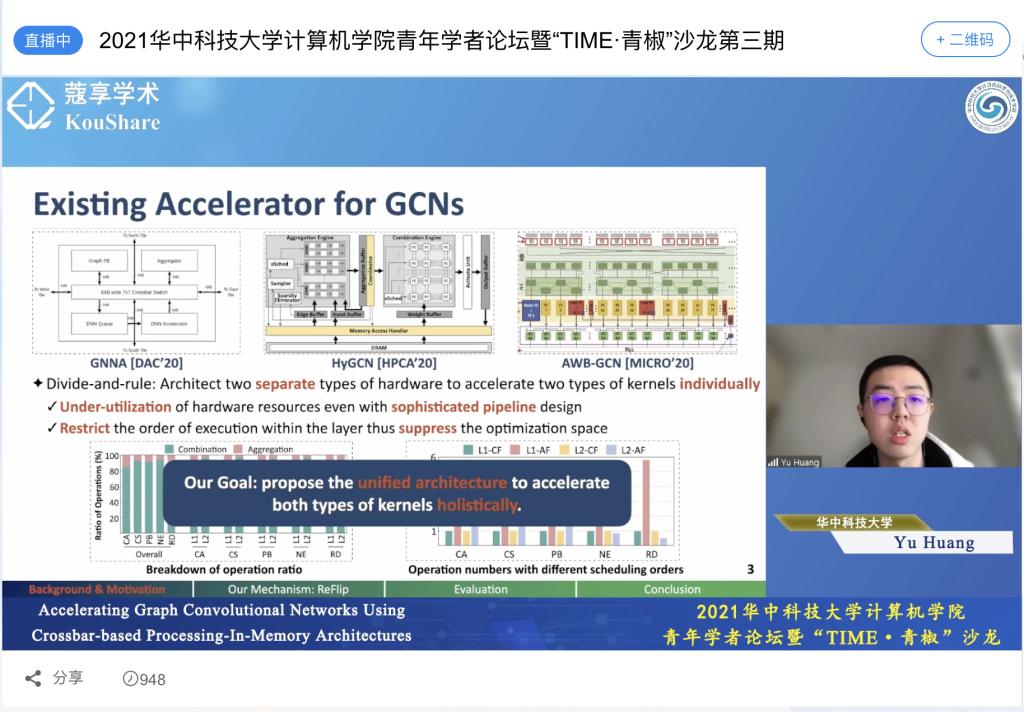
Figure 6 Shared by doctoral student Huang Yu
Doctoral student Huang Yu, with the theme of "Accelerating Graph Convolutional Networks Using Crossbar-based Processing-In-Memory Architectures", introduced the existing accelerator for GCNs and their kernel interaction problems. Then, Huang highlighted the new GCN accelerator ReFlip that unites the three key innovation points of architecture design, algorithm mapping, and actual deployment. The accelerator has achieved remarkable results in performance and energy efficiency.
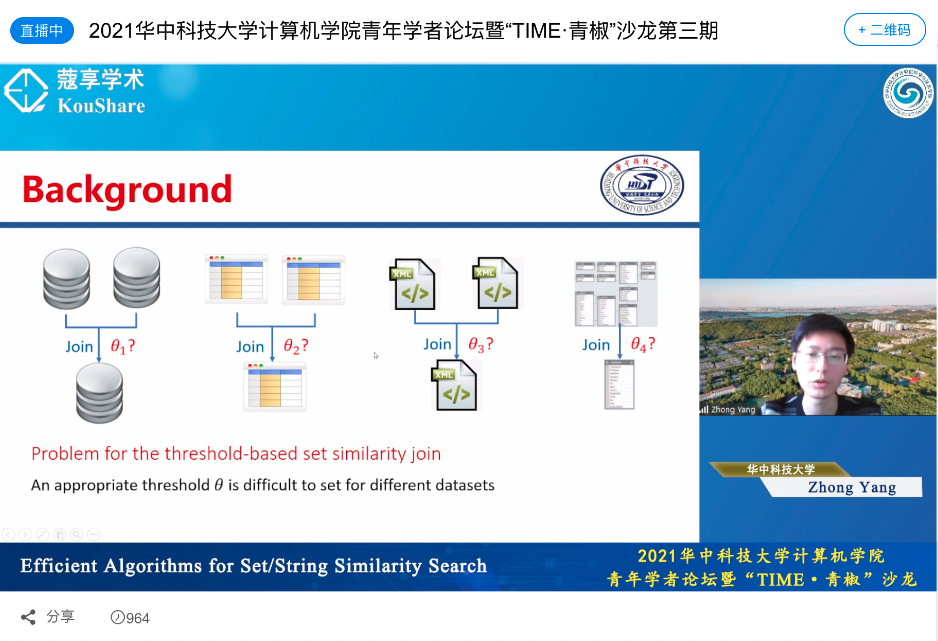
Figure 7 Shared by doctoral student Yang Zhong
Doctoral student Yang Zhong introduced his research results on "Efficient Algorithms for Set/String Similarity Search -- minIL, a simple and small indexing method for string similarity search under adaptive Top-k overlapping set similarity join and edit distance." He focused on the top-k joining algorithm which adaptively adjusts the step size to reduce the redundant computation and improve the efficiency of the algorithm. He also introduced the way of establishing simple and small indexes through sketch representation of string to solve the huge space and time-consuming problem of string similarity search under editing distance.
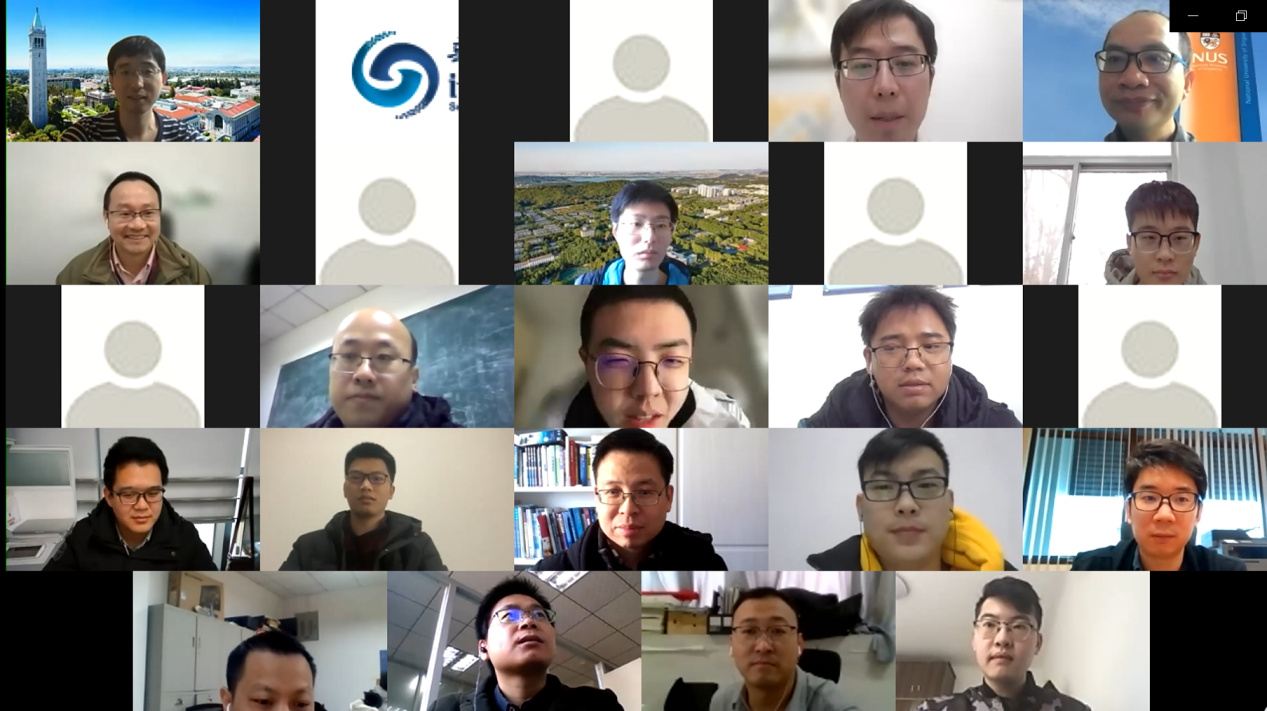
Figure 8 Group photo of some participants
After the academic sharing by the distinguished guests, participants further discussed and thought about the topics and the theme of the symposium, and put forward the future direction and good prospects of the computer system research field.
At the end of the symposium, Shi Xuanhua made a summary speech. He pointed out that the symposium had two advantages: First, it was the first time for the internal academic report of the two universities to conduct academic discussion in the form of an online live broadcast, which had a good academic communication effect; Second, it is the first time to organize young scholars from the School of Computer Science and Technology of the two universities to have a discussion together, which is conducive to the rapid development of young teachers.
It is known that the 2021 Joint Symposium on Hot Topics on Computer System Research was co-organized by the Young Teachers' Association of the School of Computer Science and Technology, which aims to build an academic exchange platform and an academic achievement display platform for young talents in computer science at home and abroad. In the form of special reports, academic discussions, and questioning, discussions will be conducted on the hot research fields at the forefront of the international science of computer systems to promote the exchange and development of young scholars at home and abroad.
